Table of Contents
Contents
Located in the eastern part of India, Bihar is frequently viewed as a site for its history and spirituality. Important temples and archaeological sites are just part of Bihar, the original means of exploration of the region also included those that passed through its natural beauty. Bihar has seen a growing trend in travelers looking for accessible eco-adventures in the last few years, and among them, Waterfalls in Bihar are attractions that successfully demonstrate the states variability—whether it’s the plateaus, forest-covered hills, or river valleys. Whether you are an explorer of nature,/or culture, or escaping to somewhere beautiful, waterfall in Bihar will amaze during your exploration. In the article, we will help you decide which waterfalls you would like to see, along with some considerations related to how to plan accordingly, and also show how the rapid growth of eco tourism in Bihar.
Top Waterfalls to Explore eco tourism in Bihar
1. Kakolat Waterfall (Nawada District):
Kakolat Waterfall is hidden inside Kakolat village of Nawada district, where water falls almost 160 ft (49 m) into the Lohabar River. Set amidst beautiful tribal forests, this waterfall creates a natural pool at the base, perfect for a refreshing dip.
Unique Features:
- A rich legend says that a cursed king was transformed into a python and subsequently freed by the Pandavas, so much so that it is believed by many of the devotees that a bath here washes away one’s sins.
- The crystal-clear pool is ideal for photography and bathing, particularly when the cascade is peaceful after the monsoons.
Best Time to Visit:
September–December (post-monsoon) when the water current is strong yet peaceful enough for bathing safely.
Tourist Facilities:
- Recent eco-tourism additions are vantage points, gazebos, changing rooms, and safety railings (Phase 1 completed in August 2024).
- On-site parking and small food stalls are available to cater to day-trippers, while limited lodging is available in the vicinity of Govindpur.
2. Karkat Waterfall (Kaimur District):
Located in Karkatgarh village of the Kaimur Wildlife Sanctuary, the waterfall is included in Karkat Waterfall tourism. Water falls approximately 100 ft (30 m) from a 300 ft (91 m) wide basalt cliff into the Karmanasa River.
Unique Features:
- The region serves as an eco-tourism and crocodile conservation sanctuary and gives a fascinating glimpse into mugger crocodiles in their natural surroundings.
- Remnants of a dak bungalow from British times add historic interest, and on clear mornings, fog from the falls creates bright rainbows—most spectacular at sunrise and sunset.
Best Time to Visit:
July–October (post-monsoon to monsoon) for the complete cascade, while mist-caused rainbows in the early morning visits provide a bonus.
Tourist Facilities:
- Well-maintained trekking routes by the Bihar Forest Department bring one to the falls, and guides from Karkatgarh village are always available.
- Basic lodges in the sanctuary compound provide simple accommodations, while homestays in surrounding Bhabua town extend local hospitality.
3. Tutla Bhawani (Tutrahi) Waterfall (Rohtas District):
About 20 km from Dehri-on-Sone, this cascade comes from the Kachuar River at the foot of the Kaimur Range. Not very tall, it stands out because of its location within a lush valley.
Unique Features:
Surrounded by two mountain ridges, Tutla Bhawani Waterfall Rohtas is a visual treat, particularly where thick cover frames the churning water.
The adjacent Maa Tutla Bhawani Temple draws devotees in the Navaratri season, blending religion with nature.
Trekking clubs may use the falls as a starting point for climbing the Kaimur Range, with chances of sighting endemic birds and rodents.
Best Time to Visit:
August–November provides maximum water flow and easy paths.
Tourist Facilities:
Seasonal small canteens are available, but decent accommodation is limited—travelers usually lodge in Dehri-on-Sone or Sasaram.
A few local operators organize day trips and led treks from Dehri-on-Sone, facilitating discovery.
4. Dhua Kund (Sasaram, Rohtas District)
Dhua Kund Sasaram stands on the Kav River in the Kaimur Range, about 37 m (122 ft) high. Its double segmented waterfalls provide a spectacular view, particularly during monsoon.
Unique Features:
- In July–September, monsoon rain fills the falls to the brim with a thunderous show.
- Every year, a colorful Raksha Bandhan celebration takes place at Dhua Kund, with local fairs, cultural shows, and traditional food stalls—ideal for cultural enthusiasts.
Best Time to Visit:
July–September for best cascades; the post-festival months (September–October) are calm but just as scenic.
Tourist Facilities:
- Basic parking and snack stalls are available near the entry point.
- No formal lodging exists; day-trippers usually base themselves in Sasaram, about 25 km away.
5. Manjhar Kund (Sasaram, Rohtas District)
It’s part of the Kav River system, Manjhar Kund picnic place is located at an altitude of approximately 200 m and has three cascading drops totaling about 4.5 m—perfect for families.
Unique Features:
- Festival destination, thousands throng here after Raksha Bandhan for picnics, cultural events, and traditional games.
- The shallow, broad pools permit children to wade securely, making it an ideal day-out destination.
Best Time to Visit:
Late August–October, soon after the monsoon when greenery is rich but tracks remain secure.
Tourist Facilities:
- During festival season, open-air seating and small eateries cater to crowds.
- Outside festivals, infrastructure is minimal—carry essentials when planning a visit.
6. Telhar Kund (Kaimur District)
Concealed in the dense forests of the Kaimur Range, Telhar Kund Kaimur draws water from the Durgavati River into a beautiful natural pool. While small in elevation, its in-remote-forest-location makes it a find-for-adventure.
Unique Features:
- The cooling effect of the waterfall is year-round, providing a cool retreat even in summer months.
- Telhar is one of the “waterfall circuit” of Tutla Bhawani, Kashish Waterfall, and Manjhar Kund, so multi-stop tours are possible.
- Unconventional trekking trails through virgin forests entice nature enthusiasts and wildlife photographers.
Best Time to Visit:
July–September for lush greenery; trails remain verdant until October.
Tourist Facilities:
Basic forest rest houses managed by the Bihar Forest Department can be booked in advance.
Local guides offer information on trekking trails and wildlife sightings, though there are no commercial facilities—do bring provisions.
7. Kashish Waterfall (Rohtas District):
Also referred to as Bihar’s “Hidden Niagara,” Kashish Waterfall Rohtas is located close to Amjhore village, falling around 800 ft (244.84 m) in several tiers. Being the tallest waterfall of Bihar, it’s an offbeat gem for the genuine nature enthusiasts.
Unique Features:
- Its tiered cascade is similar to the majesty of Niagara Falls, particularly from the ridge-top vantage point with panoramic views at sunrise or sunset.
- The far-off distance makes it perfect for eco tourism in Bihar with regular bird watching and no crowd disturbance.
Best Time to Visit:
September–November (post-monsoon) when the waterfall maintains its flow while trails get fewer slippery.
Tourist Facilities:nature tour
- Extremely limited facilities—no lodges or restaurants in the area. It’s ideal seen as a day trip from Sasaram.
- Homestays in Amjhore are available locally for basic accommodation during peak season, providing an opportunity to interact with rural life.
Bihar has many waterfall opportunities for adventure, pilgrimage, and family wanderings, from the renowned Kakolat Waterfall to the off-the-beaten-path Kashish Waterfall Rohtas. With the increasing focus of the Bihar tourism 2025 sustainable and Bihar nature tourism agenda, travelling to waterfalls in Bihar not only adds to your travel itinerary but supports local economies and conservation efforts. With your plans of thundering streams in the monsoon to a trip of reflective walks in nature after the monsoon has ended, when you travel to the waterfalls in Bihar, you can be assured that you will have an unforgettable journey filled with green forests, historical stories, and colorful cultural festivities in every shape and form. Pack your bags, plan your itinerary, and go enjoy these exciting and fabulous waterfall in Bihar and the other wonderful hidden gems that nature has to offer!
Subscribe Our Youtube Channel: https://www.youtube.com/@BhartiSanskriti-BS

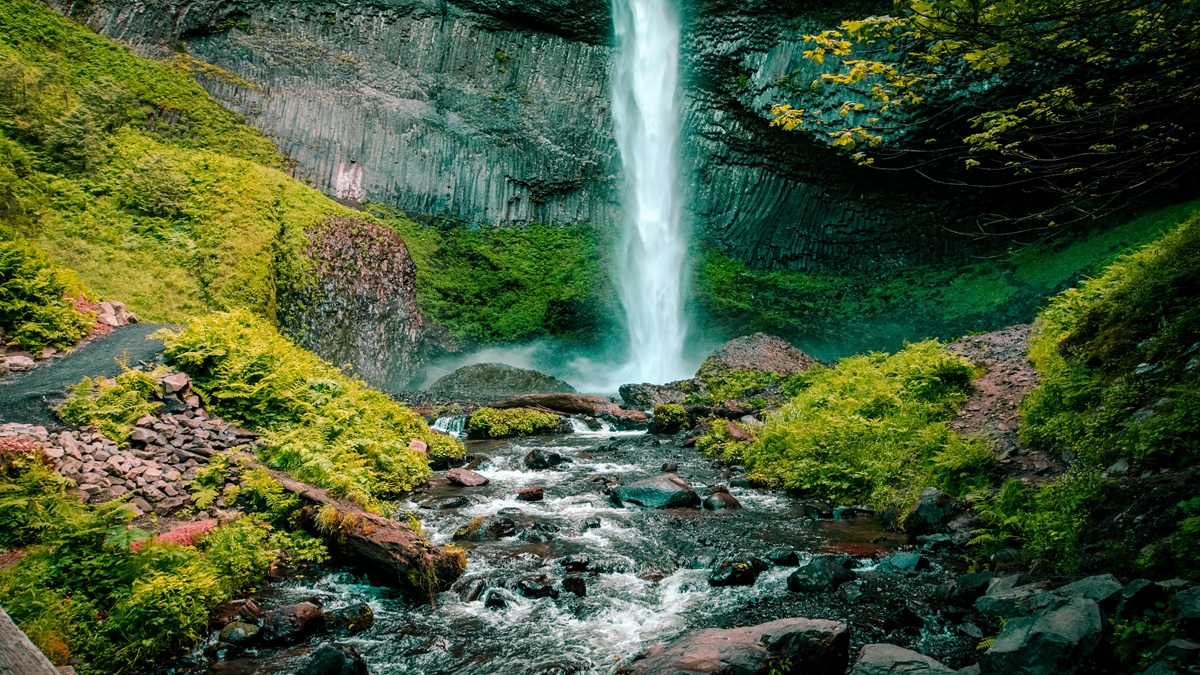
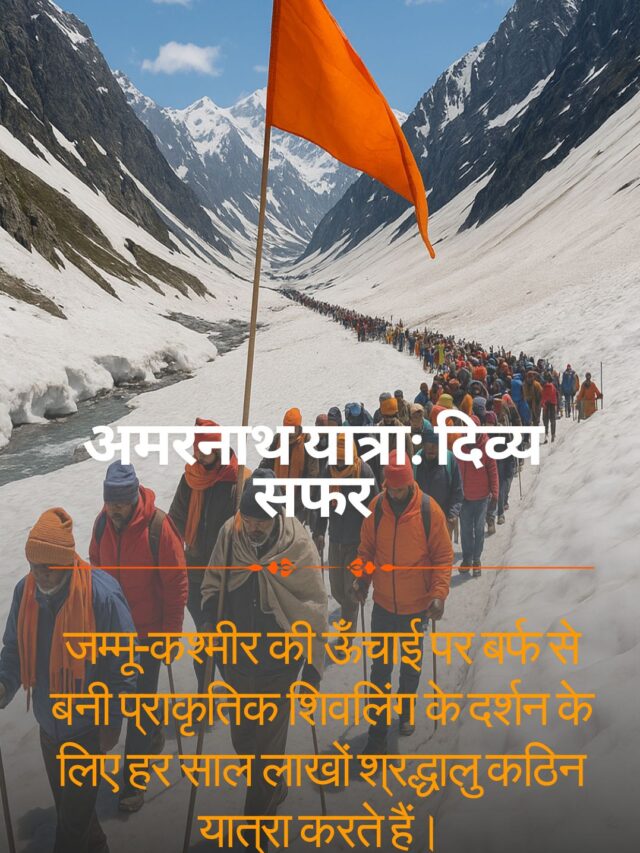




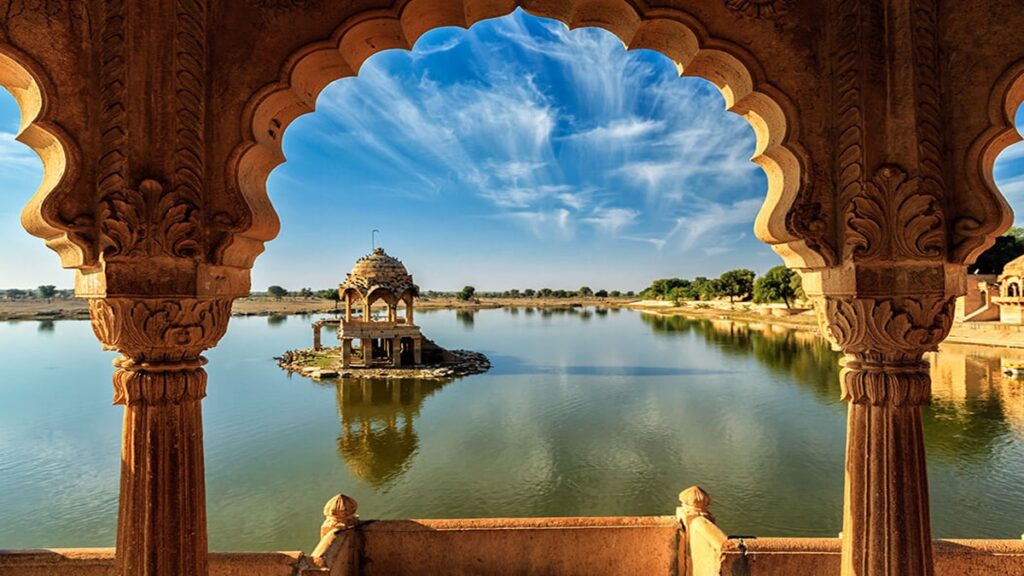
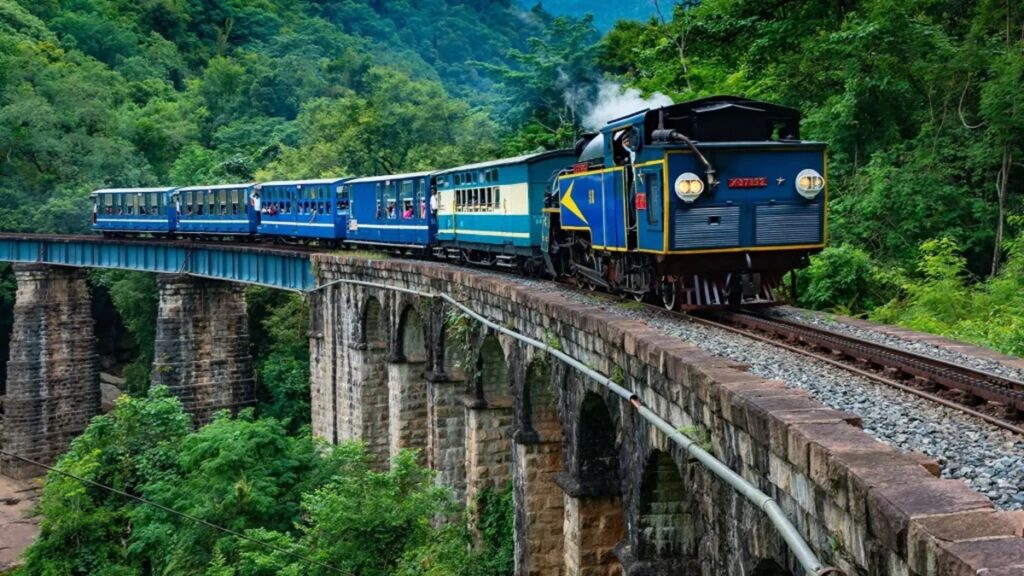
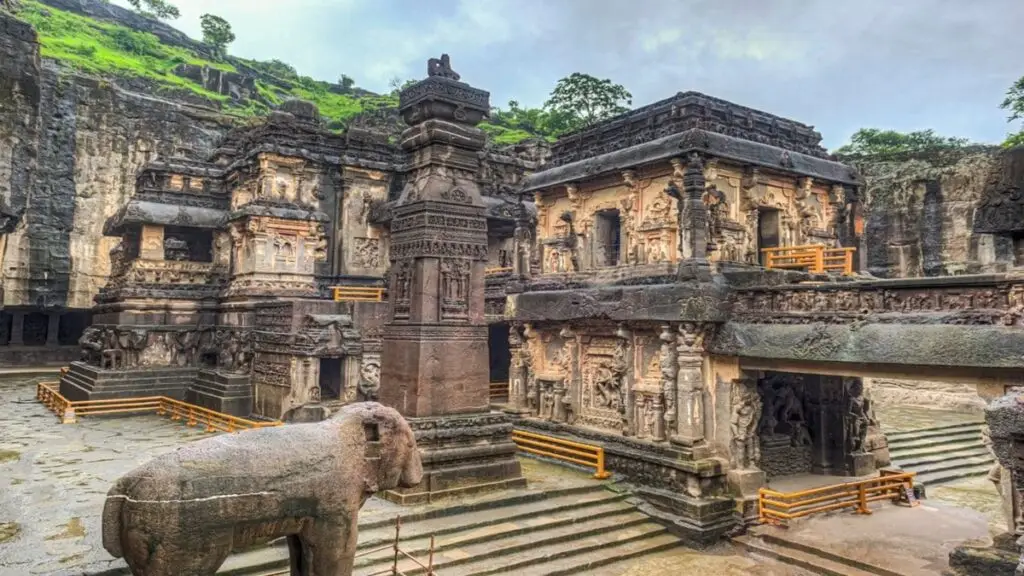
Looks amazing!
Glad you liked it! 😊
Ace stuff! Really grateful for your efforts.
You’ve done a top job here.
Such a great vibe here.
Hi! I could have sworn I’ve visited this web site before but after browsing through a few of the posts I realized it’s
new to me. Anyhow, I’m certainly delighted I came across it and I’ll be bookmarking it and checking back regularly!
Ahaa, its nice dialogue regarding this piece of writing here at this blog, I have read
all that, so at this time me also commenting at this place.
Hi there are using WordPress for your site platform? I’m new to the blog world but
I’m trying to get started and create my own. Do you need any coding knowledge
to make your own blog? Any help would be greatly appreciated!